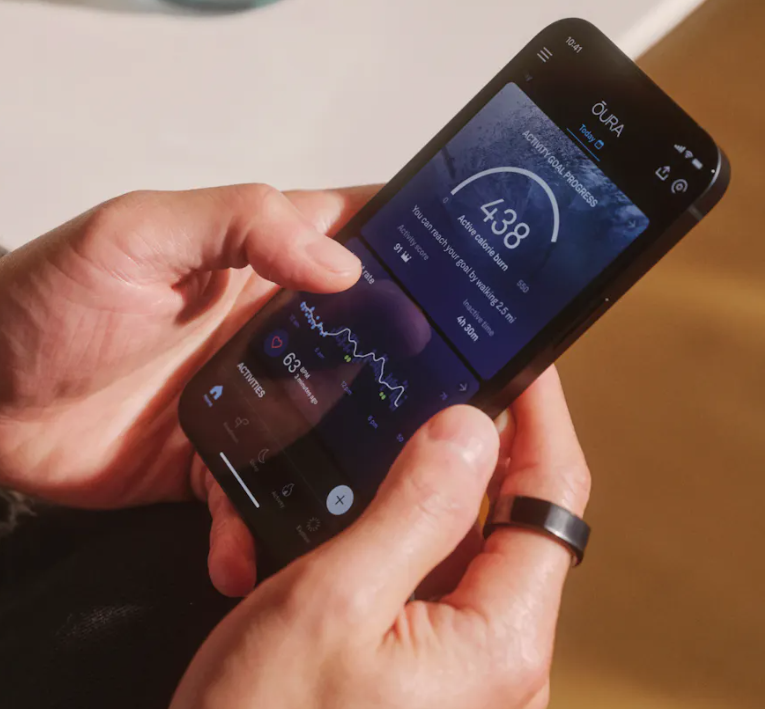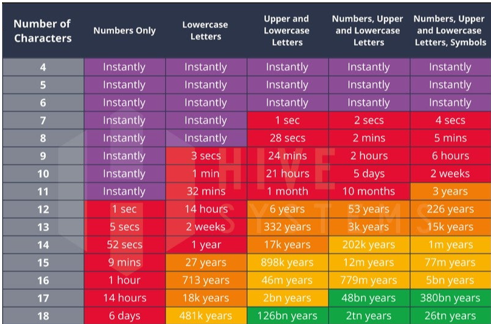 As 2015 draws to a close, it’s time to start looking ahead to the New Year. What will 2016 bring to the area of medical IT? A whole lot of surprises, no doubt, but looking into my crystal ball (and based on the emerging trends I’m seeing unfold) I’m willing to make a few predictions.
As 2015 draws to a close, it’s time to start looking ahead to the New Year. What will 2016 bring to the area of medical IT? A whole lot of surprises, no doubt, but looking into my crystal ball (and based on the emerging trends I’m seeing unfold) I’m willing to make a few predictions.
Concern about security of information and the devices that hold it will continue to be big deals in the coming months. With more data on more people moving to yet more digital repositories, safeguarding this very sensitive information has to dominate the thoughts of those who are entrusted with it. Specifically, I see the following six areas as likely foci of attention in 2016:
- Encrypting emails and messages (texts and phone calls). It’s rare these days for patients to receive a paper lab report or other medical data through the mail. Far more often, this information travels electronically. That makes encrypting the private messages sent to patients an important strategy for keeping them out of the view of others who have no right to access them.
- Encrypting devices (handhelds, laptops, PDAs and others). Just as the messages themselves should be encrypted to protect against data leakage, the devices used to send and retain them must be secured through strong, consistent encryption. Many offices are exploring their options for protecting the devices they use to communicate sensitive data and I expect this trend to continue to grow for some time.
- Getting a proper security risk assessment. In the era of HIPAA and digital dominance, medical providers and their related business associates are taking their responsibility for data security seriously – as they must. Getting a professional assessment done to evaluate processes and systems in order to spot potential weak points makes sense from a business perspective and is in fact a requirement of HIPAA, so it’s no surprise that OCR audits are ramping up.
- More health and fitness apps (and worries about associated data exposure). These apps are becoming increasingly popular on wearable devices like watches and FitBits, and with them comes an increased risk of personal data breaches. As the technology expands and adoption escalates, I expect to see growing concern about the security or lack thereof that these apps offer users.
- More medical devices that bring additional vulnerabilities. Each year the medical profession has an increasing number of devices that, while they offer significant advances in care and added ability to monitor conditions, also carry risk. The more sophisticated and interconnected the devices, the more vulnerable they often are to security breaches and cyber attacks.
- More cases of Ransomware. This unpleasant reality is a growing threat to many kinds of organizations, and healthcare professionals are certainly among them. CryptoWall and other variants are proliferating rapidly and increasing in sophistication. In most cases the best way to combat this sort of thing is to delete and restore from back-up, assuming you have a good back-up. Unfortunately, this trend will continue to evolve.
Good and bad, these are some of the major trends I expect will impact the healthcare profession in 2016. What have I missed? Only time will tell…unless you have some insights you’d like to share. What is your office thinking about at the beginning of the New Year?






